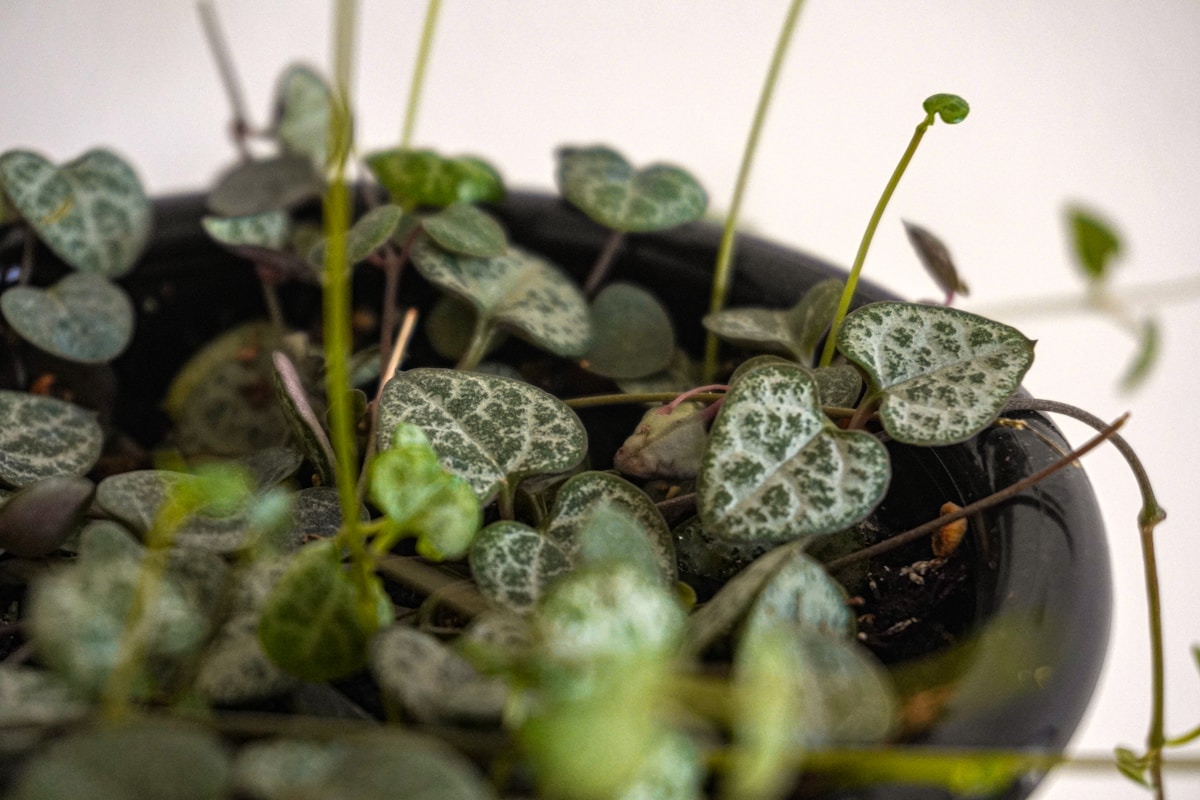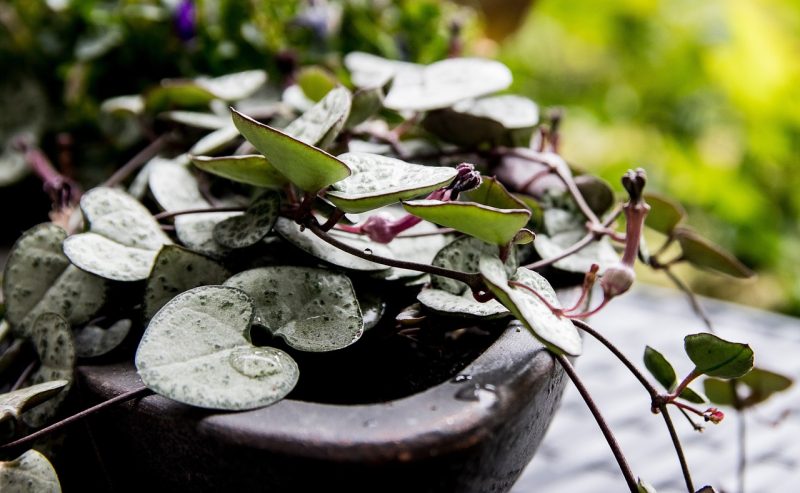In this guide, we will walk you through the methods and best practices for propagating String of Hearts, ensuring you can grow new plants with confidence.
What is String of Hearts?
Native to South Africa, the String of Hearts is a charming vine known for its cascading growth and stunning foliage. The tiny, heart-shaped leaves grow on long, thin stems, making it perfect for hanging planters or trailing from shelves. The plant’s unique appearance and low maintenance needs have made it a popular choice among both novice and experienced plant enthusiasts.
Why Propagate?
Propagation allows you to create new plants from an existing one, which can be both a rewarding experience and a great way to expand your plant collection. Whether you want to share with friends, create a fuller arrangement, or simply enjoy watching new growth, propagating your String of Hearts is a fulfilling endeavor.
Methods of Propagation
There are two main methods to propagate your String of Hearts: stem cuttings and division. Both techniques can yield fantastic results, so choose the one that best suits your needs.
1. Stem Cuttings
Step-by-Step Guide:
Select Healthy Vines: Look for healthy, vigorous stems on your String of Hearts. Aim for stems that are at least 4-6 inches long and have multiple leaves.
Make the Cut: Using clean, sharp scissors or pruning shears, cut the selected stem just below a node (the point on the stem where leaves attach). Each cutting should ideally have several leaves and at least one node.
Remove Lower Leaves: Strip off the leaves from the lower half of the cutting so that you are left with a couple of leaves at the top. This will prevent the leaves from rotting once planted.
Allow to Callous: Place the cuttings in a dry, warm area out of direct sunlight for a few hours to a day. This waiting period allows the cut ends to callous over, reducing the risk of rot when planted.
Plant the Cuttings: Fill a small pot or container with a well-draining soil mix, such as cactus mix or a blend of potting soil and perlite. Insert the cuttings into the soil, burying them about an inch deep.
Water and Cover: Lightly water the soil, ensuring not to soak it. You can cover the pot with a plastic bag or a clear plastic dome to create a humid environment, promoting root growth.
Provide the Right Conditions: Place the pot in a bright, indirect light location. Maintain consistent moisture in the soil without letting it become soggy.
Wait for Roots: After 2-6 weeks, gently tug on the cuttings to check for resistance, indicating root growth. Once established, you can treat the new plants like mature String of Hearts.
2. Division
This method is particularly effective if your plant has become leggy or overgrown.
Step-by-Step Guide:
Choose a Mature Plant: Select a healthy String of Hearts with several stems.
Remove from Pot: Gently take the plant out of its pot, being careful not to damage the roots.
Separate the Clusters: Identify sections of the plant where stems are growing closely together. Using your hands, carefully pull apart the clusters, ensuring that each division has roots.
Replant Each Division: Prepare new pots with well-draining soil and plant each cluster separately. Water thoroughly and allow excess water to drain.
Provide the Right Conditions: Place the new plants in bright, indirect light and maintain a consistent moisture level as they establish themselves.
Tips for Successful Propagation
Choose the Right Time: Spring and summer are the best seasons for propagating String of Hearts, as the plant is in its active growth period.
Use Clean Tools: Always use clean and sharp tools for cutting to prevent the spread of disease.
Be Patient: Propagation can take time. While some cuttings may root quickly, others may take longer. Patience is key!
Monitor Watering: Overwatering is a common mistake. Ensure the soil dries out slightly between watering to prevent rot.
Conclusion
Propagating String of Hearts can be a gratifying experience, enabling you to create more of these lovely plants for your home or to share with friends. Whether you choose to propagate using stem cuttings or division, following these straightforward steps will help you achieve success. So, gather your tools, choose a healthy plant, and start your propagation journey today!






